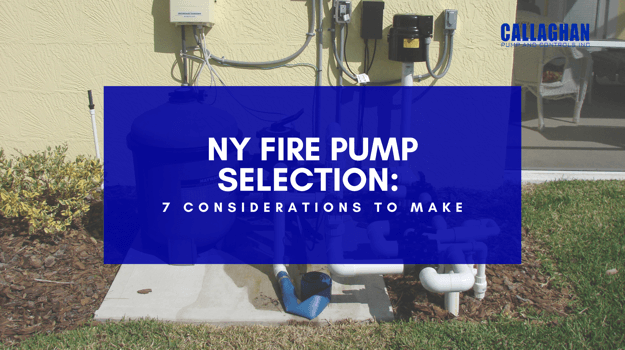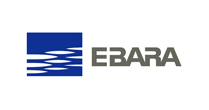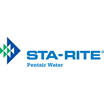
May 27th, 2022
A fire pump is an integral part of a fire sprinkler system as it maintains adequate water pressure and supply. It acts as an important component in high-rise buildings that use well water for their sprinkler system. The pump uses electric, diesel, or steam to provide a higher pressure to the sprinkler system and requires proper testing. Keep in mind that your fire pump must follow the main code that governs fire pump installations. We are talking about the National Fire Protection Association’s NFPA 20 Standard, which is essential for the successful installation of any New York Fire Pumps.
Since fire pumps take in water from a source, they further supply it to sprinklers at the correct pressure. It helps to put out a fire easily and quickly. To avoid problems during pump installation, you should always do your homework and consult an expert. Know location-specific issues before starting your installation, so the process goes smoothly.
Also, you should know when it’s the right time for maintenance. This is equally important to the installation of your fire pump and ensures that it will continue working optimally. If you want to ensure your fire pump functions correctly, make sure you choose the right unit for the job. Consider the following factors to find the best New York Fire Pump to meet your needs.
In the process of choosing your fire pump, you need to take size into account. You will need to deploy a fire pump design and installation process that best suits your specific needs. Based on the specifications of your building, measure the water capacity and output in GPM (gallons per minute).
Measure the required water pressure with the help of the standpipe method. This method is best for smaller buildings that would likely have a few standpipes. According to the standards, 500 GPM is the minimum pressure delivered to the first standpipe, and each additional standpipe is required to get 250 GPM. All of these could reach up to 1,000 GPM.
Fire pumps are available in different types and designs. It includes a horizontal split case, which is the most common one, and has a variety of applications. The second one is a vertical split case that takes up less space due to its vertical placement. The third one is a vertical inline that’s mostly suitable for small spaces. Other options are vertical turbines and end suction fire pumps.
When a generator is being used as a secondary power supply, your fire pump will need a transfer switch. You will need a combination of a controller and a transfer switch in a cabinet to avoid additional requirements laid out in NFPA 20. Also, consider a reduced-voltage start when connecting to a generator to minimize the size of the generator. This is suitable even for normal power situations.
You need to follow some code requirements for fire pumps that may assist you in pump selection. The horizontal elbows of your fire pump should be ten pipe diameters from the suction flange. Fire pumps should maintain a positive suction pressure at the suction flange. Also, electrical feeds and fire pump controllers should have a two-hour fire rating. Finally, the installation should be done in a two-hour rated room.
NFPA 25 requires monthly non-flow testing of New York Fire Pumps. This is known as the “churn” test, where you look at the supply water gauge and at the water gauge on the system side. A good rule of thumb is that you will need 5 PSI per floor to lift water. Churn tests are typically 95% confidence and are required primarily to verify whether the pump will start and run without any issues. Also, look for leaks, noises, and vibrations that are possible tell-tales of fire pump trouble. Keep in mind that your existing gauges are permanently installed on the pump apparatus.
NFPA 25 also requires an annual performance test. It includes performance readings recorded at no flow, 100% of rated flow, and 150% of rated flow. Annual flow testing is usually carried out by qualified professionals that have a better understanding of the fire pump operation. Measure the RPM of the electric motor and the speed at which it turns. Look at the rotation of the motor to ensure it’s not turning the wrong way.
We are here to help with your fire pump selection in New York. Our skilled technicians ensure that you choose the right pumping solution for your building. Some types of booster pumps that we offer include horizontal split case, vertical split case, vertical inline, and end suction. We provide unmatched fire pumps that are affordable and don’t compromise quality. NY Fire Pumps are made to eliminate unnecessary energy consumption, leaving you with maximal functionality. Plus, these pumps are built to last with minimum maintenance costs down the line. So what are you waiting for?
Contact us to learn more about New York Fire Pumps.
john@callaghanpump.com,
eileen@callaghanpump.com,
dan@callaghanpump.com,
sales@callaghanpump.com,
service@callaghanpump.com












